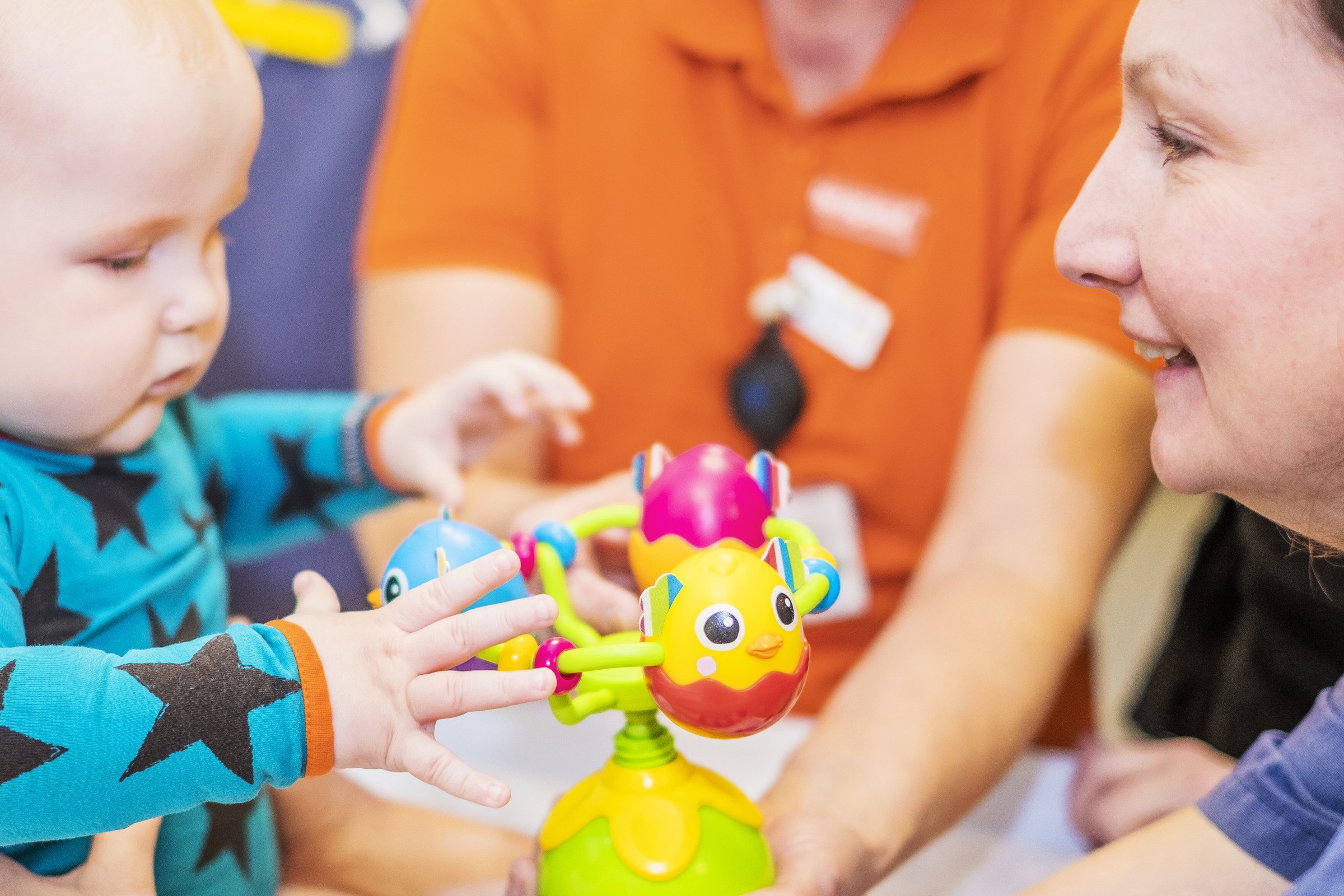Esophageal Atresia
National centralization of care has resulted in increased knowledge, quality, and patient safety, and Karolinska is now one of Europe's largest centers for children with esophageal atresia.
Esophageal atresia is a rare congenital malformation where there is no connection between the esophagus and the stomach. About 25 of 100,000 Swedish children are born with this condition annually.
Pediatric Surgery
Our aim is to provide high-quality management, in collaboration with multiple specialties, of the most complex cases from the prenatal period to the transition to adult care. Pediatric SurgeryPediatric Ear, Nose, and Throat
Meeting the individual needs of young patients with compassion and the latest equipment and research. Pediatric Ear, Nose, and Throat
Request medical treatment
More information on who can request a medical second opinion or treatment at Karolinska.
Continue

Center
Aiming to improve knowledge, competence, and care for all patients with rare diseases
The Astrid Lindgren Children’s Hospital is a part of Karolinska University Hospital, with facilities in several locations in Stockholm.
